Growing up, the only thing I knew about lobsters was how good they tasted!
For those who haven’t had the pleasure, lobster has a sweet, meaty flavor similar to crab but less fishy. It’s delicious, but is it worth trawling the depths of the ocean to capture these intriguing creatures?
People tend to think of lobsters as the cockroaches of the sea and imagine them munching their way through piles of detritus and dead marine litter.
This couldn’t be further from the truth! Lobsters are opportunistic feeders that aggressively hunt much of their food.
That’s not the only secret lobsters try to keep hidden in their closets (or claw-sets), but we’re going to crack that door wide open and take a long, hard look at what makes the lobster such a unique and curious creature.
What Do Lobsters Look Like?
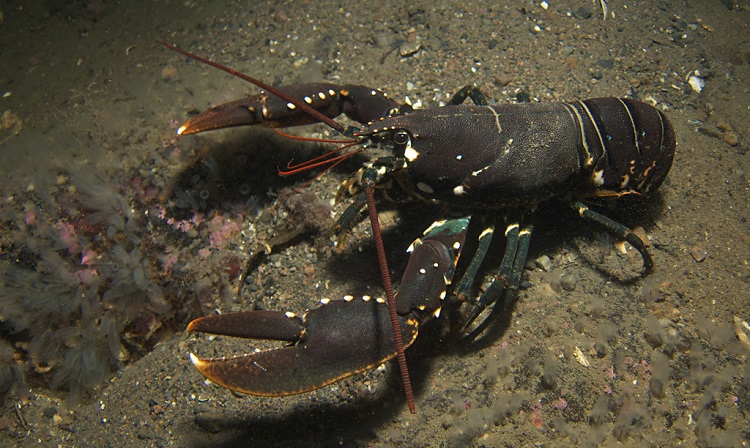
To me, the lobster looks exactly like a creature from the deep ought to look. It’s got weird, beady eyes, an armored body, and an eerie collection of 10 legs, of which the first three pairs have claws.
True lobsters have larger claws or pinchers on their first pair of legs, which they use to dig holes and grasp their prey.
Body
Lobsters are a type of shellfish, and their bodies are covered in a hard carapace or exoskeleton, which they must shed as they grow.
Although it can be difficult to differentiate between true lobsters, crayfish, and false lobsters, their three pairs of claws usually give the game away.
Look even closer; you’ll see that the true lobster lacks the joint between the last two sections of its thorax, distinguishing it from freshwater crayfish.
Lobster Size
The American lobster is the largest of all the lobster species, reaching lengths of up to 3.6 feet, although the average size of those caught commercially is usually around 10 inches.
Not all lobsters get to this size, with the Norway lobster, or Dublin Bay prawn as it’s more commonly known, rarely exceeding 10 inches in length.
The smallest of the true lobster species is the Cape lobster which lives off the coast of South Africa and measures less than four inches in length.
Coloring
Although we generally think of lobsters as bright red, they only turn this color when cooked. In the ocean, they’re predominantly dark brown or orange, although their pigmentation varies depending on the amount of astaxanthin in their diet.
The Scientific Classification of the Lobster

Lobsters have hard exoskeletons and jointed legs, which means they belong to the Arthropoda phylum, along with crabs, shrimps, and numerous creepy crawlies. Within that phylum are several subphyla, including crustaceans, of which the lobster is a prime example.
Lobster Species
As we work down the taxonomical hierarchy, things start to get a little more complicated. True or clawed lobsters belong to the Homarus genus, while the Norway lobster is the only surviving species in the Nephrops genus.
False lobsters are different again and belong either to the family of Slipper lobsters (Scyllaridae) or the Spiny and Furry lobsters (Palinuridae).
In total, there are around 75 different species of lobster, ranging from the cartoonish furry lobster to the more stereotypical American lobster.
Lobster Population
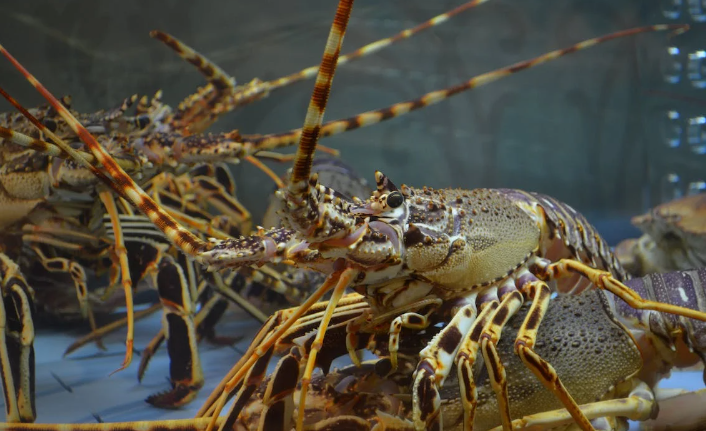
Globally, lobster populations seem relatively stable, despite the demand for lobster meat. The American lobster is particularly abundant around the Gulf of Maine, although the population around southern New England has declined over the past 10 years.
Scientists suspect warmer waters caused by climate change are forcing lobsters further north and contributing to the population decline in southern regions like New England.
The History of the Lobster
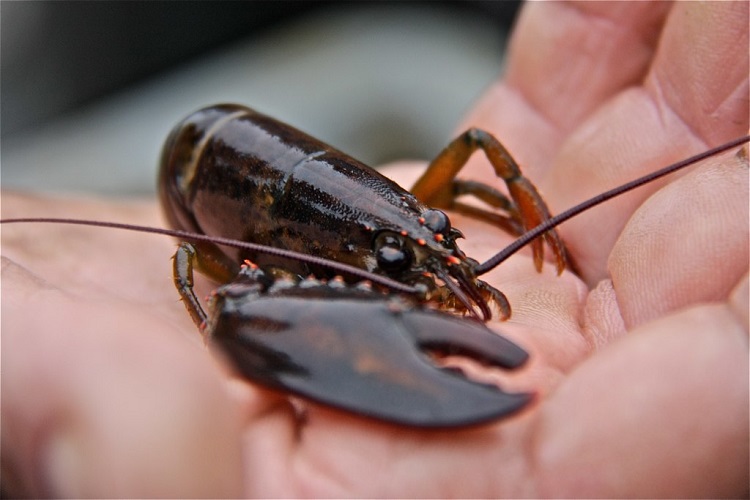
Lobsters have been swimming in our oceans since before the first plants appeared on Earth. The first lobster-like crustacean was snapping its pincers between 372 and 409 million years ago, meaning they were around before the first dinosaurs!
It was probably our Neanderthal ancestors that first discovered the delights of eating lobster, although evidence suggests they preferred crab!
Even when lobsters were so plentiful that piles of them would wash ashore, they weren’t considered the delicacy they are today. Although the Native Americans ate lobster, they didn’t think much of them and used them as fertilizer and bait.
During the colonial era, lobsters were considered poor man’s food and were served so frequently to slaves and servants that they protested and demanded that lobster be served no more than three times a week!
It was only in the 1820s that eating lobster became popular amongst the higher classes and started becoming a desirable delicacy.
Four Curious Facts About the Lobster
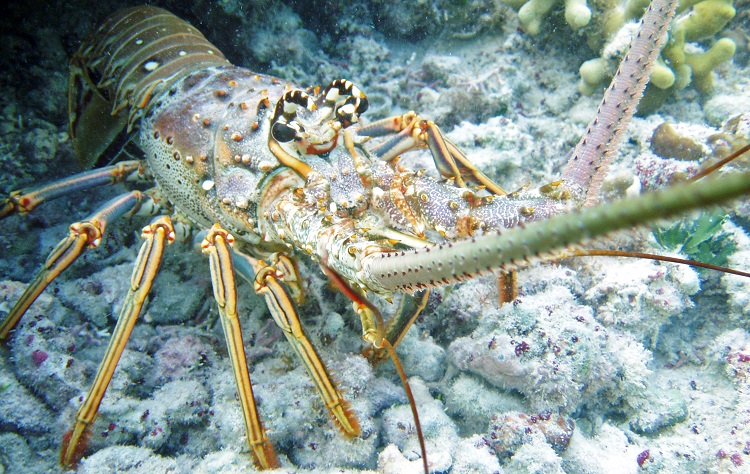
Lobsters Have Weird Eyes
Lobsters’ eyes work by reflection rather than refraction, which enables them to sense movement in low-light environments. However, they’re still not particularly effective, so lobsters use their antennae to locate food.
Lobsters Never Stop Growing
Humans stop growing when they reach adulthood, but lobsters keep getting larger throughout their lives. This is a form of indeterminate growth, also seen in snakes and giant squirrels!
Lobster Pee is an Aphrodisiac
I doubt you’d get turned on if a female lobster started squirting pee at you, but it’s irresistible to a male of the same species! To make things even weirder, lobsters pee out of their faces, using specialized nozzles or openings at the base of their antennae.
Lobsters are Cannibalistic
To say that lobsters are opportunistic hunters is a bit of an understatement! They’re so indiscriminate about what they eat that they’ll attack and eat one another. Adult lobsters are particularly partial to a bit of young lobster meat, making life as a juvenile fraught with danger.
What’s the Average Age of a Lobster?
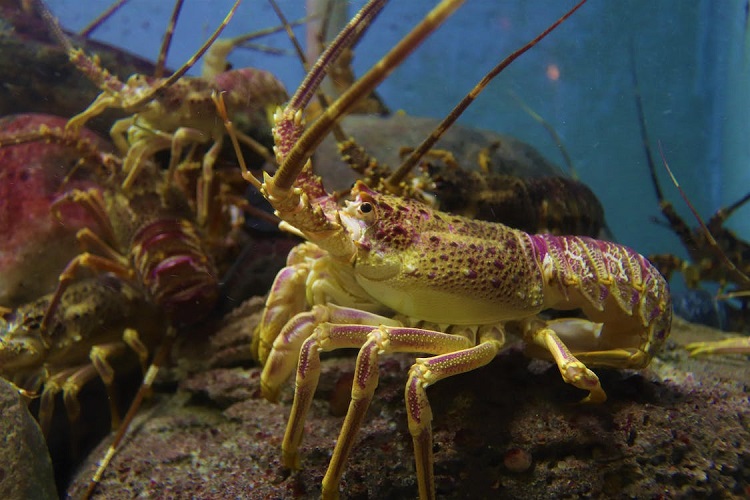
Lobsters are nearly immortal and continue eating, breeding, and growing until the end. There is an end, however, although most lobsters die from exhaustion rather than old age.
Unlike human cells, which have an in-built biological clock, lobster cells contain an enzyme called ‘telomerase’ that enables those cells to continue dividing, which enables the lobster to keep growing and repairing its body.
This is the secret to the lobster’s longevity and enables it to live for 40, 50, or even 100 years! The oldest lobster on record was called George and was thought to be 140 years old by the time he was captured and sold to a fancy seafood restaurant in New York.
Where Do Lobsters Live?
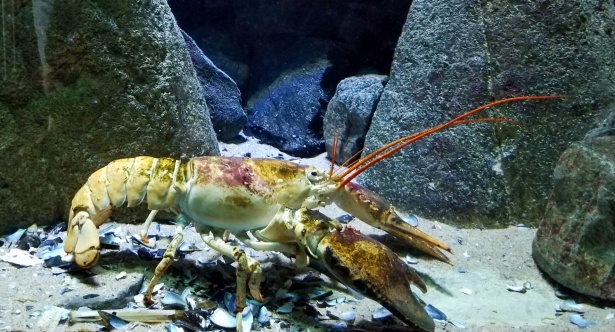
If you’re a true lobster, you’ll spend most of your time on the sea floor, scuttling around in the chilly water looking for food.
Both the American and European lobsters are benthic, which means they live on the bottom of the ocean. They prefer chilling out in cool environments where the temperature hovers between 59-64°F.
While American lobsters are most abundant in coastal waters between Maine and New Jersey, the European species is more at home in the Mediterranean Sea and the eastern Atlantic Ocean.
True lobsters avoid the polar seas and are reluctant to enter water over 1,570 ft deep.
What Do Lobsters Eat, and What’s Their Favorite Food?
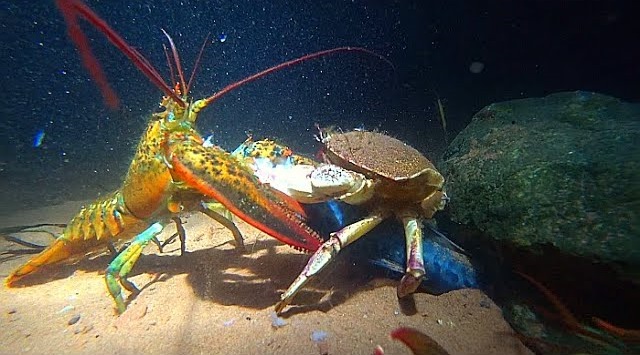
For a long time, people believed that lobsters were the cockroaches of the sea, scavenging off corpses and eating the decomposing remains of whatever they could find. Thankfully, that’s not the case! After all, who’d order a plate of cockroaches at a fancy restaurant?
Lobsters prefer fresh food to anything else and use their large pincers to grab and crush their prey before picking it apart with their smaller claws. It sounds like quite a polite way to eat compared with some marine species!
Although lobsters do prey on one another, their favorite foods include fish, clams, sea urchins, and crabs. They’ll also graze on algae and other types of aquatic vegetation, like kelp and eelgrass.
The Furry lobster is a bit more selective, eating mainly shrimp, while the Spiny lobster is more of a scavenger.
The Ecology and Behavior of the Lobster
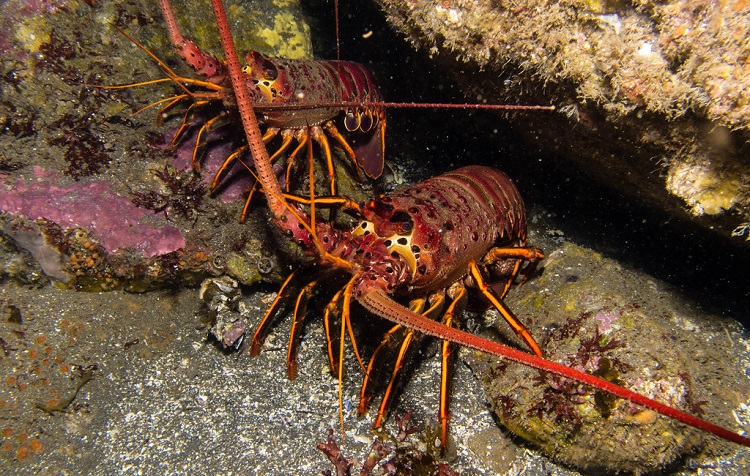
Most lobsters are nocturnal and stay up all night foraging for food. During the day, they reverse into small caves and crevices to rest, although they don’t actually sleep as we do.
As a predatory species, the lobster helps control populations of kelp-eating species like the sea urchin, protecting our kelp forests and maintaining marine biodiversity.
Reproduction and Development
Female lobsters have no qualms about finding the biggest and strongest mate and position themselves outside the den of the largest male they can find, determined to seduce him.
As she can only mate just after molting, the female lobster has to time her seduction to perfection and hope that the male is gentle enough during mating that her soft flesh remains intact.
Once her eggs have been fertilized, she prepares to release them by turning onto her back and cupping her tail. A single female can produce anywhere between 10,000 and 80,000 fertilized eggs, although how many will survive into adulthood is a secret the lobster has yet to divulge.
The Life Cycle of the Lobster
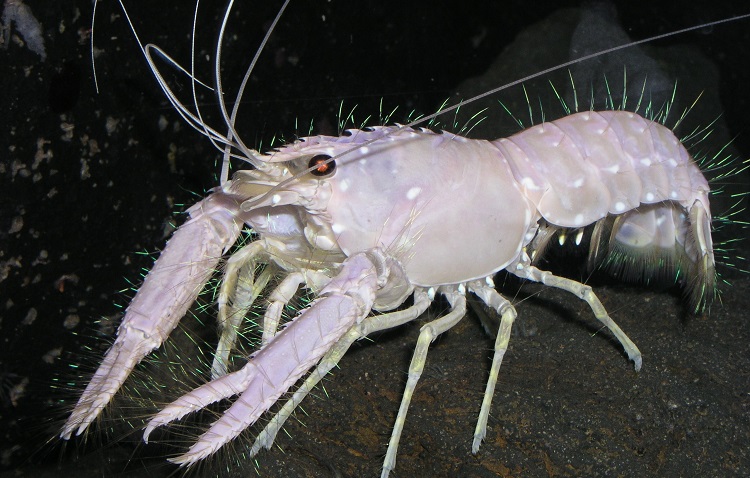
A newly hatched lobster looks nothing like its parents and spends the first year of its life floating around as planktonic larvae. Only once it’s completed three separate molts does it start to look like the lobsters we know and crave.
Once it reaches this stage, the lobster abandons the top layer of the water where it’s been floating and starts moving down towards the seafloor, where they remain shelter-bound for nearly a year.
That’s right – the ocean is so dangerous for these young lobsters that they stay hidden and rely on currents to bring them enough zooplankton to survive and grow.
Juvenile lobsters only emerge once they are around 20mm long, and even then, they keep their foraging expeditions short and sweet.
As they grow, they become more confident and start traveling further afield in search of more interesting foods like sea urchins and mussels. By this point, their pincers are big enough to crack small crustaceans and eat a similar diet to the adults.
Are We Right to Treat the Lobster as Food?
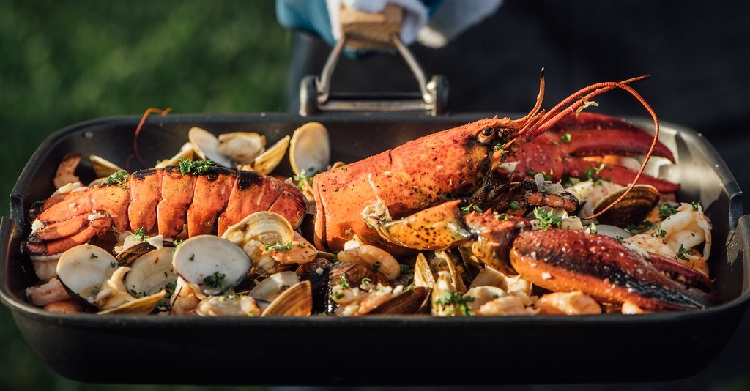
The best chefs serve lobster tails either boiled or steamed and drizzled with lemon juice and butter (my stomach’s rumbling at the very thought). The cooking process breaks down a protein called crustacyanin, causing the lobster’s shell to change from blue to stunning orange.
Lobsters have been a significant source of nutrition since prehistoric times and became a popular delicacy during the Roman period. In addition to enjoying its meat, people have also used lobster shells to make dyes and create delicate ornaments.
Grading
Commercial fishing operations grade lobsters according to their shells, and although those with new shells have the sweetest meat, they reach lower prices than those with hard shells.
A lobster that’s just molted has a softer shell, making it fragile and difficult to transport, while one preparing for its next molt is tougher and more robust. Their meat isn’t as sweet, but there’s more of it, so these lobsters fetch a higher price.
Old-shell lobsters haven’t shed for a whole season, so their meat has a coarser flavor, but their shells are so tough they can be transported almost anywhere in the world and still arrive alive. This factor makes them more expensive than new-shell lobsters, even though they don’t taste as good!
Methods for Killing Lobsters
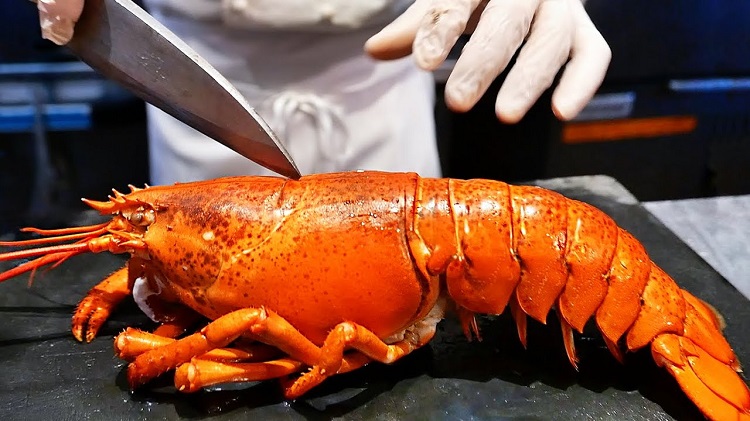
Lobsters don’t die easily, not even if you drive a knife straight through the head. Unlike us, lobsters have several ganglia that function as their brain, and stabbing just one isn’t enough to kill the animals.
Traditionally, lobsters were boiled alive, but the terrible screaming sound they emit has put people off this approach, even though the scream is only the sound of air escaping from the holes in its shell!
Nevertheless, boiling a lobster alive isn’t a very humane way of killing it, and some places have made it illegal.
The most ethical approach is to stun or kill the lobster using electrocution, which can be done painlessly if you’re willing to spend a few thousand dollars on a CrustaStun machine!
Animal Welfare
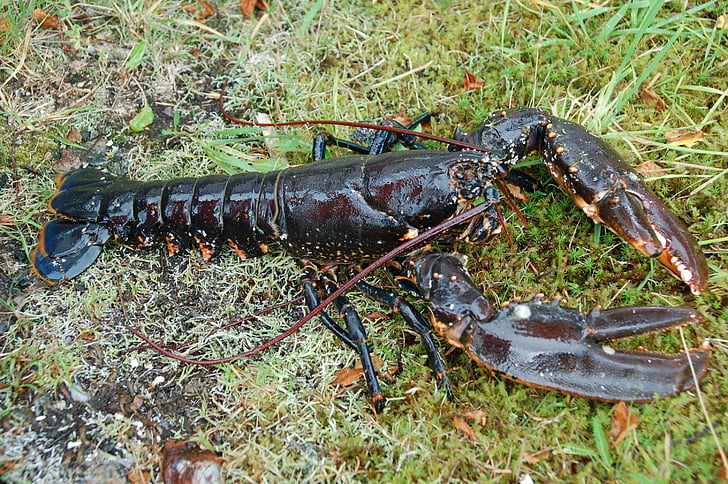
Our approach to killing lobsters has changed over the years, and several countries have made it illegal to boil lobsters to death.
While we used to think these crustaceans lacked feeling, several countries now believe lobsters are sentient beings capable of experiencing distress and pain.
In countries like Norway, New Zealand, and Austria, it’s already against the law to kill lobsters by boiling them alive, and it could become illegal in the UK soon. I wonder when America will have a similar change of heart.
What Predators and Threats Do Lobsters Face?
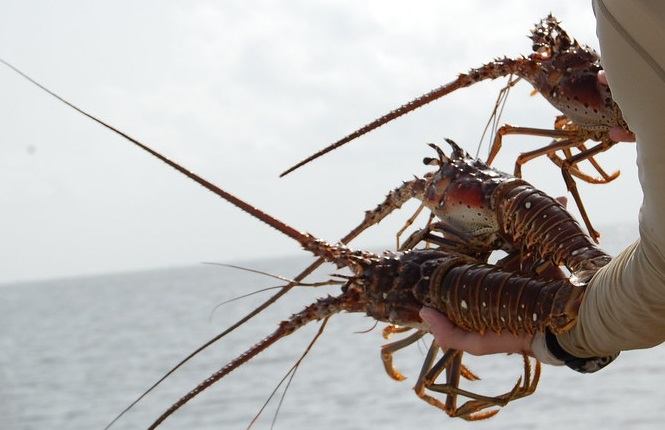
Humans kill more lobsters than anything else, but we’re not their only predators. Other lobsters are pretty dangerous, with studies indicating that juvenile lobsters are 90% more likely to be killed by one of their own kind than any other species.
Eels are surprisingly adept at hunting and killing lobsters. They wriggle into the crevices where juvenile lobsters shelter and drag them out. Some types of fish also hunt lobster, and the cod is their number one enemy (after the cannibals of their own species).
Humans must consume vast amounts of lobster, given that over 100 million pounds are caught off the coast of Maine every year, but that’s not even the full extent of our impact on these crusty crustaceans.
Pollution is a serious problem for lobsters of all sizes and species. Studies show that microplastics interfere with the growth of lobster larvae, compromising their ability to feed and breathe.
Adults are suffering the effects of noise pollution, which affects their statocyst or ear, which they rely on to control their position in the water.
Warmer waters are also making lobsters more susceptible to epizootic shell disease, which causes their shells to soften and develop potentially fatal lesions.
Conclusion
Before you go, I have just two more lobster secrets I want to share with you.
First off, lobsters have tastebuds on their legs, which is weird, and secondly, they have teeth in their stomachs!
Yes, pretty much everything about the lobster seems back to front, from urinating out of its face to tasting its food using the hairs on its legs.
The lobster might be very different from us humans, but that’s no reason it shouldn’t be treated respectfully and humanely.
It also plays a vital role in our marine ecosystems, so as much as we may love eating it, we might need to find a more sustainable solution, like lobster hatcheries. After all, anything that’s survived 400 million years deserves some degree of protection.












